This week’s Advanced Healthcare Materials covers.
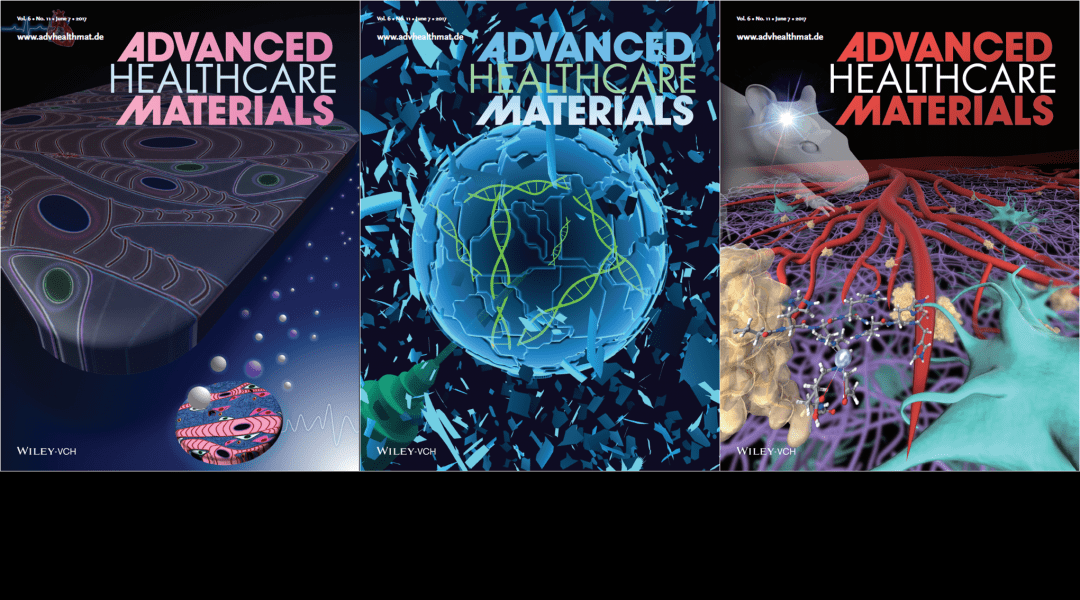

This week’s Advanced Healthcare Materials covers.
Analyzing the crystalinity of thin silicon films has been made easier by using UV Raman spectroscopy. (Image credit: Georgy Shafeev/Shutterstock)

Prof. Korley and co-workers explore the design principles used to develop environmentally-responsive materials that serve as release agents, sensors, switches, and actuators.
In a recent review, the hydrological cycle of the small lakes within Burabay National Nature Park (BNNP), Northern Kazakhstan are studied, which are very sensitive to climate change and anthropogenic influences.
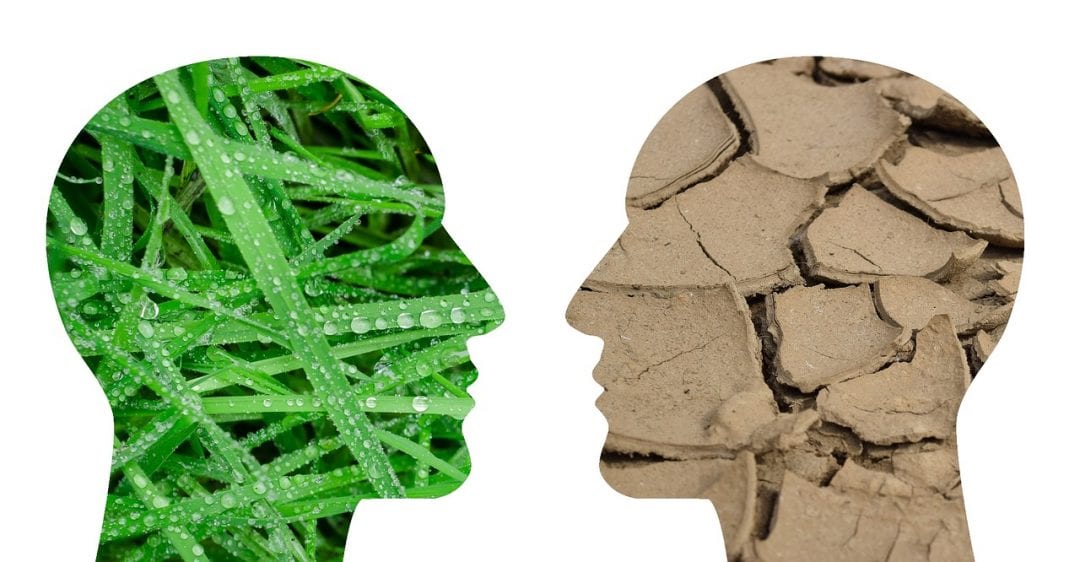
The average person seeking climate information is likely to begin with the internet, and this quickly leads to a confusing array of very dissimilar climate information websites. A recent article reviews a representative sample of such websites from across the world, and draws out key issues for consideration in the ongoing evolution of them.
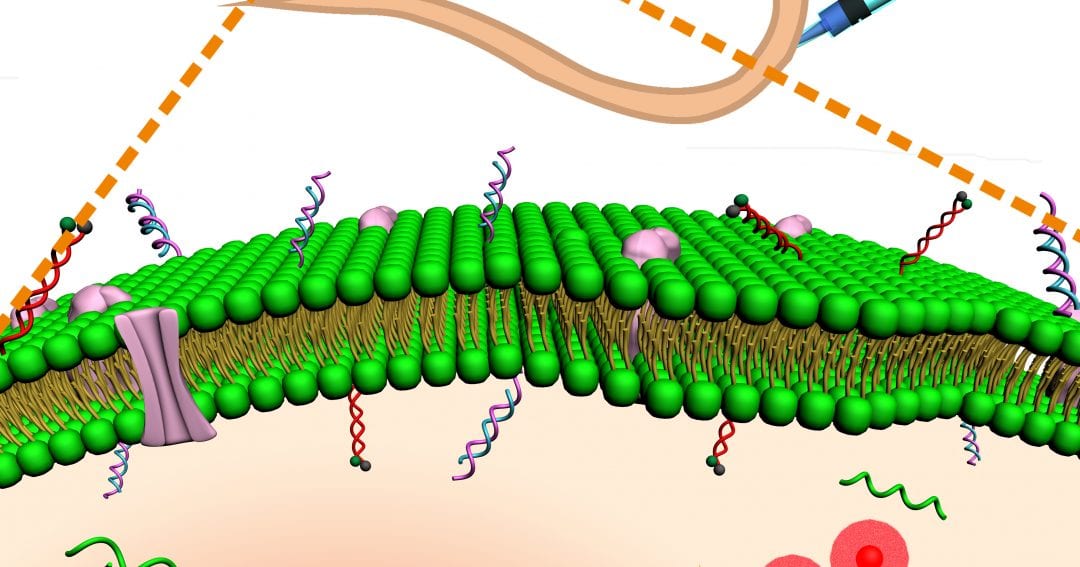
A DNA molecular machine powered by double-stranded fuel strands enables visualization of microRNAs in tumor bearing mice.
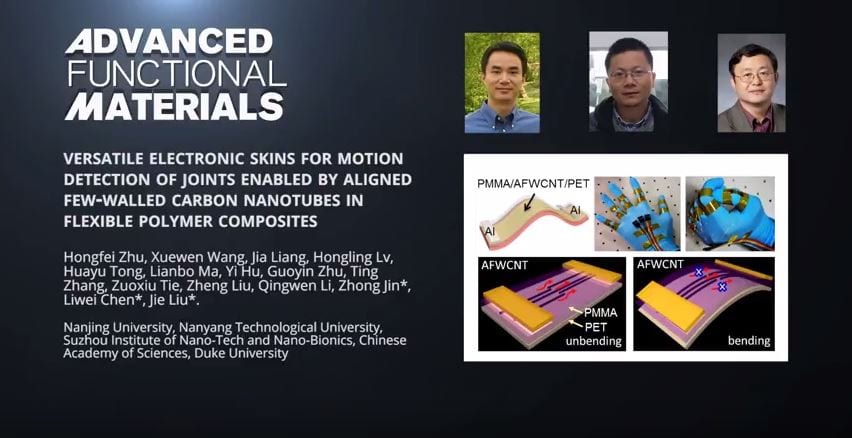
The human skin is an organ with amazing sensory properties. It can pick up a variety of sensations from its environment. Mimicking those properties in wearable electronics skins would offer a variety of applications for human–machine communication— imagine if you...
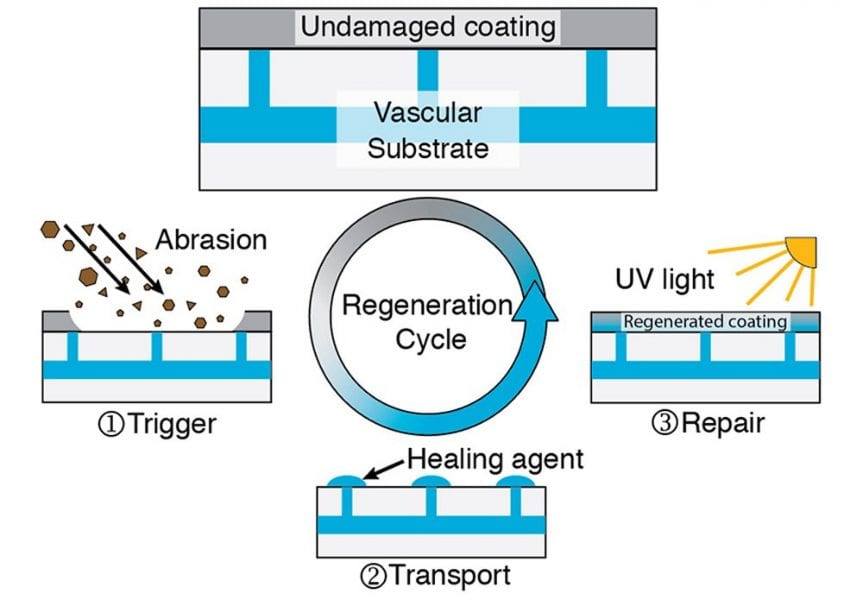
A regenerative coating system inspired by biology that is a simplified synthetic analog of skin, with a vascularized substrate (dermis-like) and protective coating (epidermis-like) is demonstrated.
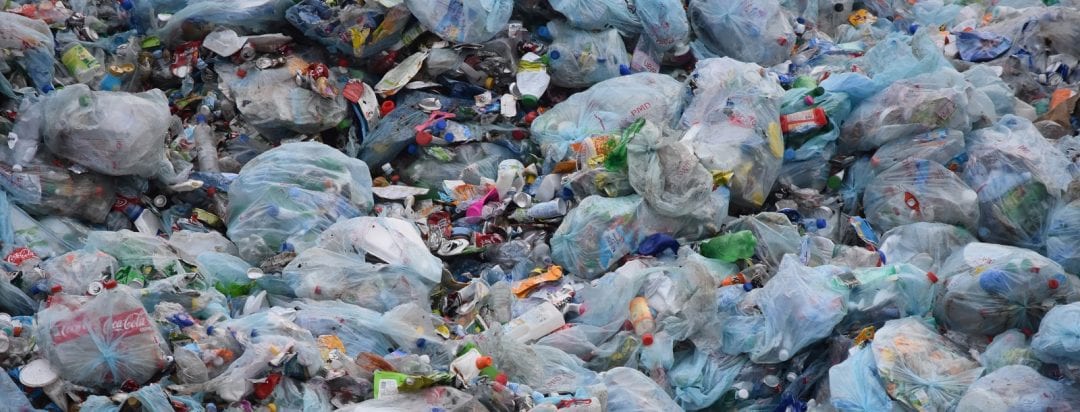
Young researcher studies the smells of plastic waste used in manufacturing recycled plastics.

The thermoelectric generator can produce power from waste heat energy. (Image credit: saicle/Getty Images)